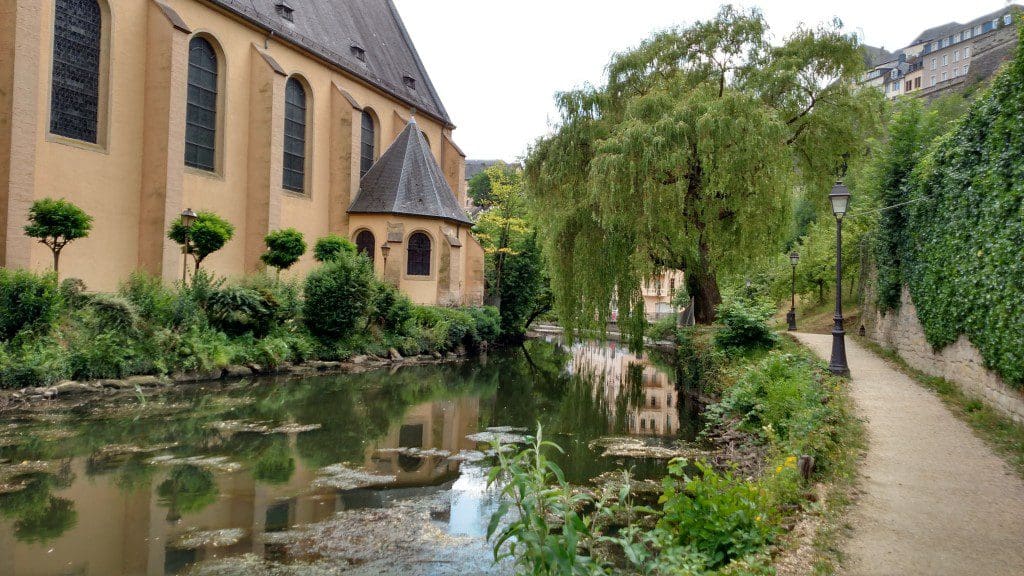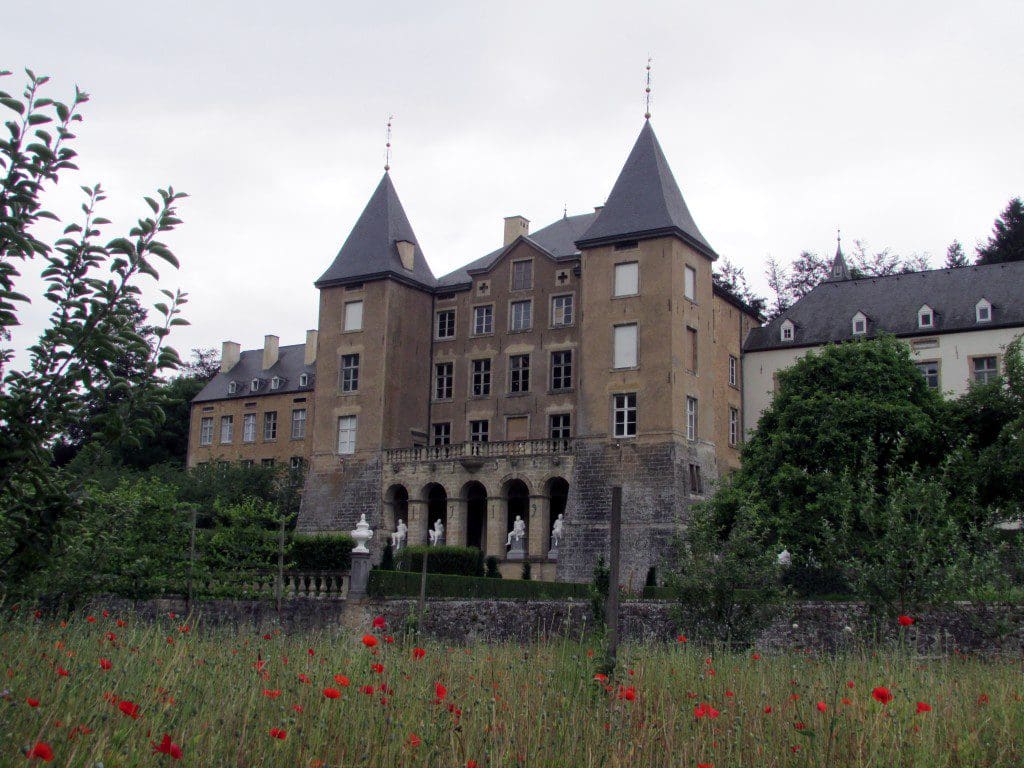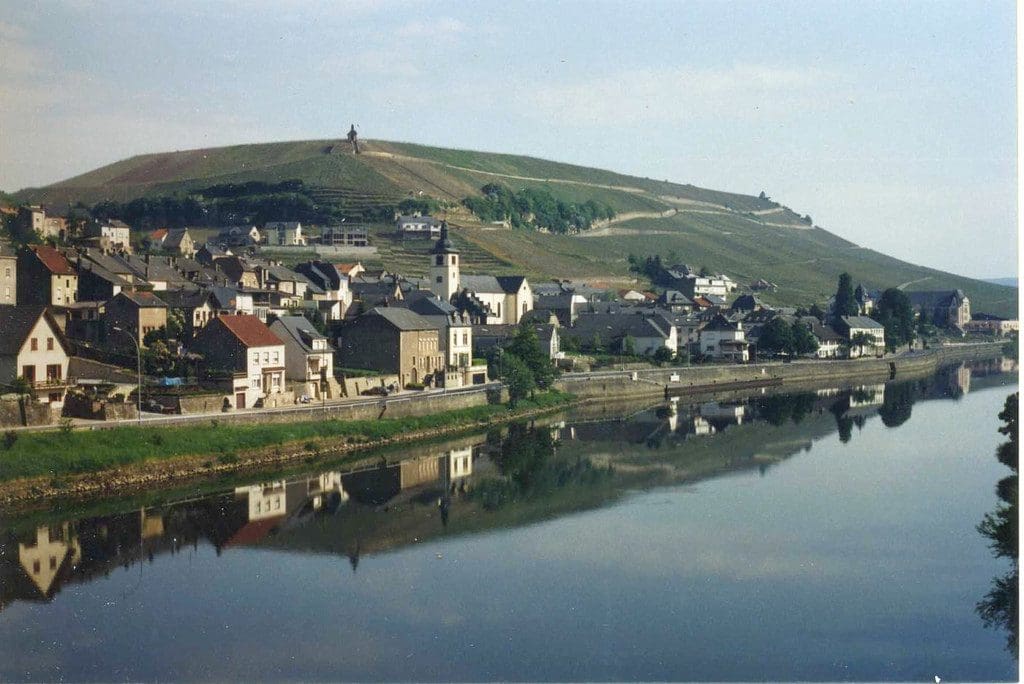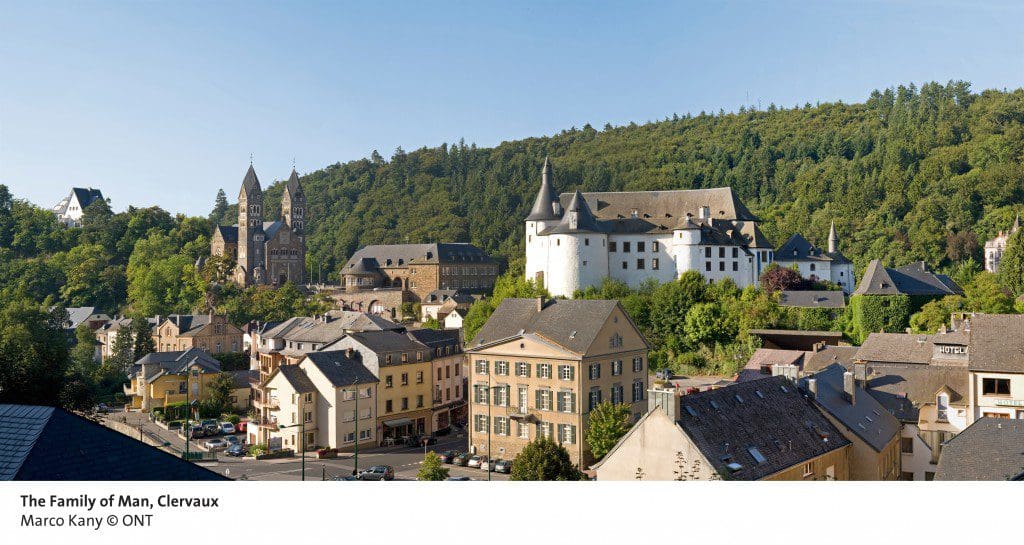 For a tiny country smaller than the U.S. state of Rhode Island, Luxembourg offers a surprising menu of attractions and activities for visitors. It’s positively packed with romantic castles, scenic countryside, and charming abbey towns, as well as intriguing history, art and culture. Luxembourg isn’t as well-known to travelers outside central Europe as it deserves to be, but after having visited myself, I’d like to spread the word of this beautiful and friendly destination.
For a tiny country smaller than the U.S. state of Rhode Island, Luxembourg offers a surprising menu of attractions and activities for visitors. It’s positively packed with romantic castles, scenic countryside, and charming abbey towns, as well as intriguing history, art and culture. Luxembourg isn’t as well-known to travelers outside central Europe as it deserves to be, but after having visited myself, I’d like to spread the word of this beautiful and friendly destination.
Luxembourg Country Snapshot
Luxembourg lies in the heart of Europe, tucked between Belgium, Germany and France. As such, its population is multilingual: Luxembourgish is spoken at home, French and German are taught in school, and English is widely spoken. The country is the only remaining Grand Duchy in the world with the Grand Duke as the ceremonial head of state to a representative democracy. The country has the highest per capita income in Europe and enjoys popularity as a tax haven and important banking center. Its capital, Luxembourg City, is a contemporary city with ancient roots. The country is safe and clean, full of charm and offers something for nearly every traveler.
The Luxembourg Ardennes
The northern part of the country, known as Éislek, is part of the Ardennes of WWII Battle of the Bulge fame. The dramatic scenery of forested highlands and winding valleys is particularly popular for nature and outdoor enthusiasts. Two large nature reserves, the Nature Park Our and the Nature Park of the Upper Sûre, showcase Luxembourg’s rich landscape as well as local products, such as herbs, teas and beers. Active travelers will love the many marked hiking and cycling trails that wind through the picturesque villages of the region.
In the quaint village of Clervaux, the internationally lauded photography exhibit “Family of Man” is on permanent display in Clervaux Castle after touring the world for years. The exhibition was curated in 1955 by Edward J. Steichen (a Luxembourger) for the New York Museum of Modern Art. It contains 503 striking snapshots of birth, death, love and war from 68 countries, proving the universality the human experience. The collection’s historic significance was recognized by UNESCO by adding it to the Memory of the World Register in 2003.
Some of the best-preserved and restored ruins of imposing medieval fortresses are found in the Luxembourg Ardennes. Markets, medieval festivals and outdoor concerts are often held at the incredible sites as they stand testament to the ancient history of the region.
Valley of the Seven Castles

In the central region of Luxembourg seven different castles are scattered in close proximity through the Eisch Valley. The ancient residences date to the 12th and 13th centuries and are connected by a twisting country road along the meandering river, as well as a 37-kilometer foot path. It’s a lovely drive or hike.
Some of the castles are ruins of weathered feudal strongholds with crumbling towers and walls. Most are under some degree of restoration by the state, two being private property that cannot be visited. The grounds of three are open to the public, amazingly free of charge: Koerich Castle, closest to Luxembourg City; Hollenfels Castle, which houses a youth program and hostel nearby; and the New Castle of Ansembourg (17th century), with its spectacular terraced gardens, sculpture and fountains.
Moselle Wine Country

The Moselle River forms part of the Luxembourg border with neighboring Germany. The steep hillsides of the picturesque valley are home to Luxembourg’s wine region, a culture that dates back to Roman times. For oenophiles, the “Wine Route” through the charming winegrowing villages is a must: enjoy walks through vineyards, tasting the mostly white varietals and the wine museum in Ehnen. Fruit plantations also dot the valley, producing fresh juices, liqueurs and schnapps.
History buffs will appreciate the Musée Européen at the visitors’ center in Schengen. It houses a permanent exhibition about the European Union and the historic Schengen Agreement that removed border control between European member states.
If relaxation is your quest, a river cruise on the Moselle is one of the most scenic options imaginable. One- to five-hour cruises run roughly March through October from Schengen to Wasswebillig. The Mondorf Le Domaine Thermal is a unique spa with warm mineral springs located in a magnificent flower park in Mondorf-les-Baines. Children and adults alike will delight in the huge butterfly garden in Grevenmacher.
During my visit to Luxembourg, I was pleasantly surprised to find that this tiny country certainly packs a lot of attractions and activities into a small area. To visit the highlights, I recommend two nights in Luxembourg City, one night in Moselle and one night in the Ardennes. Luxembourg is a perfect addition to an extended or repeat European vacation, and will appeal to those who are nearby and want to spend a few days in a beautiful part of Europe.
To add Luxembourg to your next European trip, contact Covington’s expert vacation advisors.
Disclosure: I was a guest of the Luxembourg National Tourist Board in Luxembourg City; however, the opinions shared are my own and are not influenced by any sponsorship.







Leave a Reply